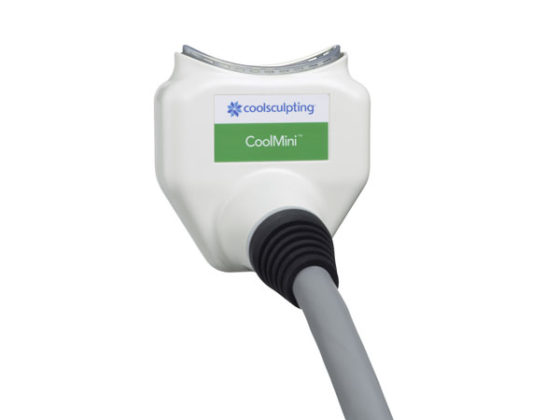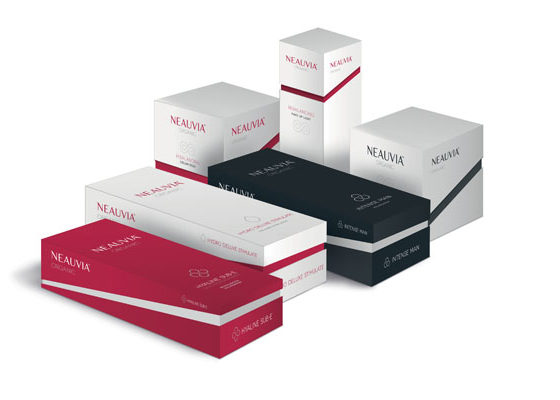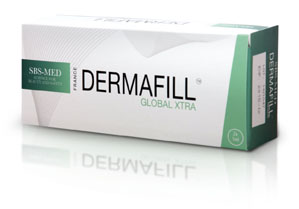In this article, the therapy of the dorsal volume loss, one of the most important change of the dorsum of the hand, which makes the hands look increasingly “skeletized”, will be discussed. Dorsal hand volumetry has been shown to improve skin elasticity, improve the volume aspect of the dorsum of the hand and reduce appearance of the prominent structures such as veins and bones.

What fillers to restore volume loss?
To replace the lost volume gradually and according to the identified volume loss, biodegradable fillers are most suited: Hyaluronic acid or Calcium Hyroxylapatite fillers are the most common materials used for this relatively easy, office-based procedure with basically no downtime.
Intradermal injection of native hyaluronic acid (HA) increases dermal thickness and elasticity whereas cross-linked Hyyaluronic acid, which is not degraded as quickly as native hyaluronic acid, has been shown to enhance the production of collagen in vivo and can be injected as a volume replacement. The duration of the effect has been reported to last 6-12 months.
The calcium hydroxylapatite (CaHA)-based filler Radiesse®, characterized by its high viscosity and elasticity, can provide an immediate volume resplenishment as well with an immediate corrective effect on implantation. The lack of hygroscopic potential is advantageous for hand augmentation, it’s opacity conceals veins. Various studies of the calcium hydroxyxlapatite with an observation period of up to one year for augmentation of the hands confirm the high efficiency and safety of the material. The efficacy and tolerability of this filler has been investigated in clinical studies in over 3,000 patients.
Injections Techniques
To effectively and safely perform dorsal hand volumetry procedures, one has to have distinct knowledge of the anatomical situation of the hand. Bidic discussed his findings of three dorsal layers of fat separated by three facial layers. Vertically arranged fibers traverse between those layers (perforating vessels). The thickness of the superficial lamina varies with age but is very thin; the intermediate lamina contains large dorsal veins and dorsal sensory nerves, the deep lamina contains extensor tendons and muscles. There is a controversary on where to ideally place the filler material. However, placing the filler in the intermediate layer will prevent damage to the extensor tendon complex as well as palmar migration.
In my hands, the following technique for dorsal hand augmentation is an approved method:
Filler: Radiesse®, CaHA, Merz Aesthetics, pre-mixed with Lidocain 1% 20% = recommended ratio, off label up to 1:1 dilution (For increased patient comfort, CaHA can be mixed with lidocaine prior to injection. A 1.5 ml syringe is usually mixed with CaHA with 0.26 ml of a 1% lidocaine solution. However, different mixing ratios are possible depending on the practitioner).
Injection equipment: Blunt tip cannula, 25G, 2, Steriglide, TSK Laboratory
How to proceed?
• Skin tenting
• 1 entrypoint point mid carpal bones (in large subjects 2 entrypoints medial of second and medial to fourth mid carpal bone might be advisable)
• 3 – 4 threads placed in the intercarpal spaces, 0,2 – 0,4cc per thread (typical overall volume for both hands is Radiesse® 1,5ml), retrograde injection, linear threading
• Treat up to clinical endpoint
• Mould gently until material is evenly spread
• Fist, ice
• Second treatment after 3 months if necessary
Possible complications of filler injections in the dorsum of the hand are mild swelling and occasionally bruising, which resolves over 1-2 weeks. Some patients may notice small lumps or irregularitites as the swelling resolves, perhaps caused by uneven filler distribution or migration. Other possible complications include infection, cyst formation and temporary alteration in sensation (numbness, burning or tingling). As with any filler treatment, patients should be encouraged to avoid physical exercise and excessive sun exposure until any injection-related side effects such reddening or swelling have abated.
Dorsal hand augmentation with filler especially Calcium Hydroxylapatite is an effective and safe treatment option once the indication dorsal volume loss of the hand is diagnosed. Over the past years, many physicians such as the author do favor injection techniques with blunt cannulas as distribution of the material is even and the risk of unwanted disruption of the delicate structures such as veins and fine fascia is reduced. The overall injected volume should be conservative in terms of volume; a touch-up procedure might be done only by 3 months after the first intervention to reduce overall side effects such as e.g. swelling. The therapy dorsal hand volumetry might become more and more popular as the attention is drawn to the – in the past – neglected areas, the hands.
(1) Butterwick KJ. Rejuvenation of the aging hand. Dermatol Clin. 2005 Jul; 23(3):515-27, vii.
(2) Jakubietz R, Grünert JG, Kloss DF et al. Alterung und ideale Ästhetik der Hand. Hautarzt 2009;60:217–25.
(3)Fabi SG Goldman MP. Hand rejuvenation: a review
Dr Sabine Zenker
Member of the German Dermatology Society DDG as well as member of the most renowned international societies such as AAD, ASDS, ASCDAS, AAAACS, EADV, ISDS, DASIL etc. She serves as executive board member of the European Society of Cosmetic and Aesthetic Dermatology ESCAD.










